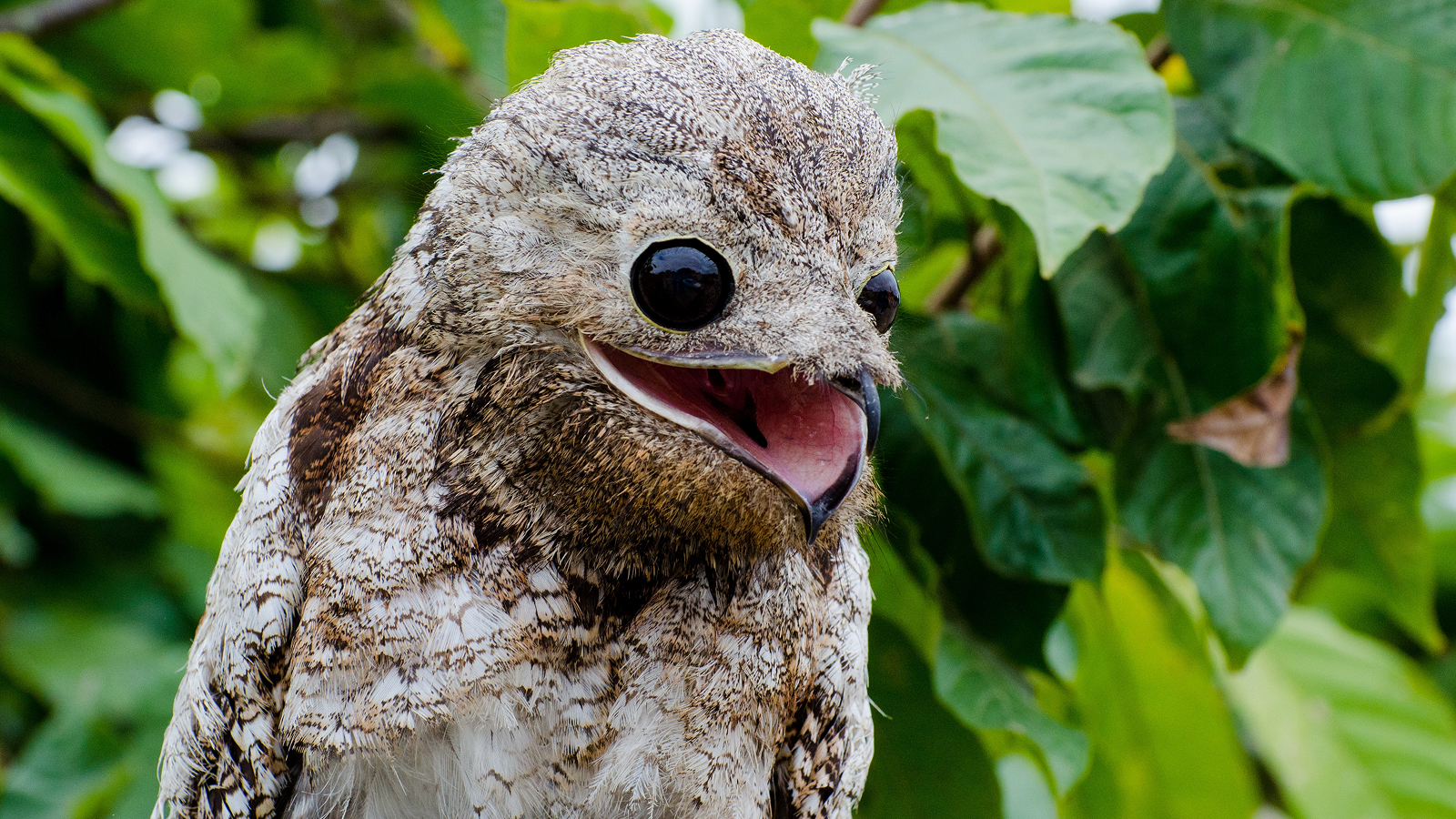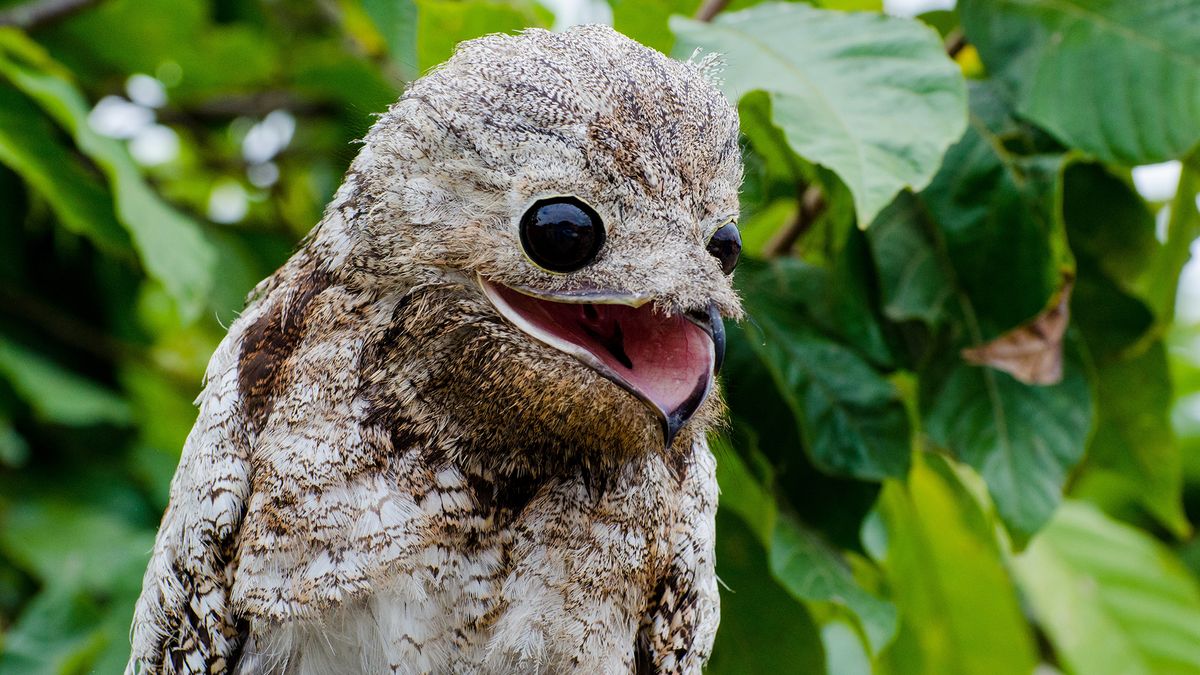Now Reading: Great Potoo: The Camouflaged Bird with a Haunting Growl and Closed-Eye Vision
-
01
Great Potoo: The Camouflaged Bird with a Haunting Growl and Closed-Eye Vision
Great Potoo: The Camouflaged Bird with a Haunting Growl and Closed-Eye Vision

Swift Summary
- Name: Great Potoo (Nyctibius grandis), a nocturnal bird.
- Habitat: Forests and tropical lowlands of Central and South America.
- diet: Large insects, bats, and small birds.
- Appearance & Adaptations:
– Mottled gray-brown feathers help camouflage the bird, blending with tree bark.
– Capable of remaining perfectly still during the day to avoid detection by predators.
– Eyes protruding from head sides enable excellent vision in low light conditions; eyelid slits allow sensing light and movement while closed.
- Behavior:
– Silent during the day; active hunter at night using its specialized beak to catch flying prey mid-air.
– Emits distinct moaning growls at night for communication and territorial defense, tied to local folklore regarding mythical interpretations of its calls.
- reproduction:
– Monogamous pairs share incubation (about 30 days) and care responsibilities.- Females lay one egg on tree branch depressions without built nests; camouflage aids protection.
- Expected lifespan similar to other bird species (~12-14 years).

***
Indian Opinion Analysis
The great potoo exemplifies how unique adaptations contribute to survival across diverse ecosystems worldwide. While native primarily to South America, India’s own rich biodiversity harbors species displaying similarly fascinating evolutionary traits suited for blending into varied landscapes.Comparatively analyzing species such as India’s spotted owlets or common nightjars could enhance ecological understanding in wildlife research.
India might find lessons in how cultural storytelling surrounding these animals connects communities with nature-similar oral traditions among indigenous groups here highlight birds as environmental sentinels or spiritual symbols. Conservation efforts geared toward lesser-known nocturnal creatures could also strengthen public recognition for understated yet critical roles within ecosystems.
For broader scientific inquiry,international studies like those documenting creatures akin to the great potoo could inspire collaborative frameworks redefining global bioconservation practices.



























